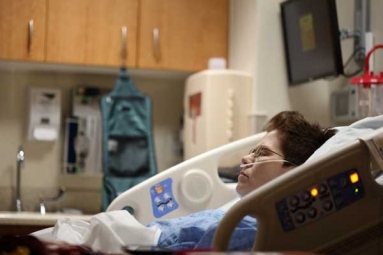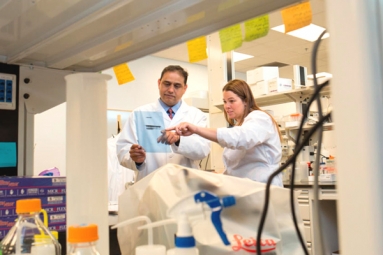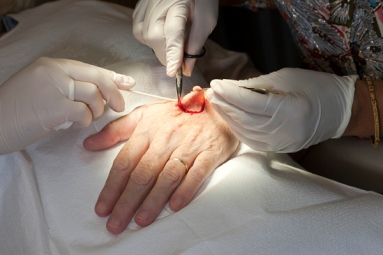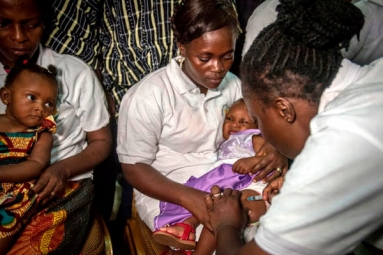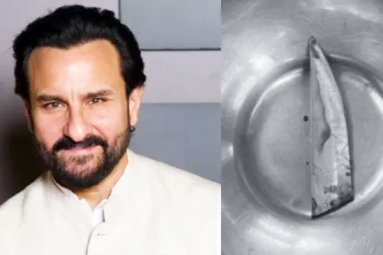
DTP vaccine confers immunity to diphtheria, tetanus, and pertussis. The vaccine used in the United States is actually multiple diphtheria and tetanus toxoids combined with acellular pertussis (DTaP). The original vaccine, which as of 2004 was still used in other parts of the world, contains whole cells of Bordatella pertussis, the organism that causes pertussis, better known as whooping cough. The whole cell vaccine is more likely to cause adverse effects and does not provide any greater immunity.
Description
DTP vaccine conveys immunity to three different infectious diseases:
Diphtheria is a potentially fatal disease that usually involves the nose, throat, and air passages, but may also infect the skin. Its most striking feature is the formation of a grayish membrane covering the tonsils and upper part of the throat. It is caused by Corynebacterium diphtheriae. Routine vaccination has almost eradicated diphtheria from the United States, but it is still seen in many parts of the world.
Tetanus, sometimes called lockjaw, is a disease caused by the toxin of Clostridium tetani. The disease affects the central nervous system and causes painful muscle contractions. Food is not given by mouth to those with muscle spasm but may be given via nasogastric tube or intravenously. Tetanus is often fatal.
Pertussis, also called whooping cough, is a respiratory disease caused by Bordatella pertussis. The name comes from a typical cough which starts with a deep inhalation, followed by a series of quick, short coughs that continues until the air is expelled from the lungs, and ends with a long shrill, whooping inhalation. Pertussis is very contagious and usually affects young children.




